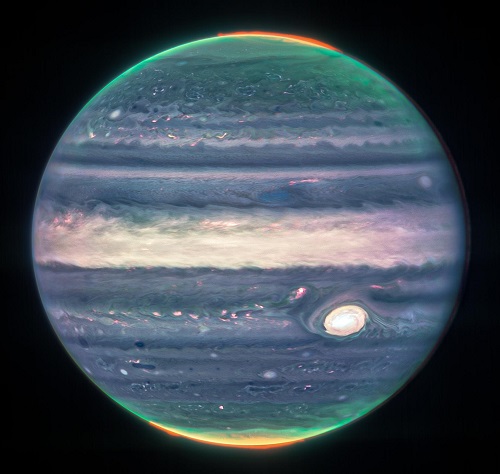| Bob Siederer | Aug 29 |

Hello again Science Fans!
There is a lot of interesting stuff in the science news this week, so let’s dig into it.
California is on the verge of eliminating the sale of internal combustion engine-driven automobiles. Sales of new vehicles will be prohibited starting in 2035 and it is expected that several other states will follow California’s lead.
One significant issue with electric vehicles (EVs) is the battery system. Charging takes a long time when connected to 120V home outlets. Even with faster 240v chargers, charging isn’t quick. There aren’t enough fast chargers available in the “wild” to support this many EVs, and California’s electric grid does not have the capacity to support this much charging. Lithium ion batteries are the current state-of-the-art when it comes to long lasting batteries, but there’s a new technology developed by engineers at MIT that may solve the problems these batteries have. This new technology uses aluminum, sulfur, and salt, all common materials.
This development reminds me a bit of our goal of putting a man on the moon. President John Kennedy challenged the country to put a man on the moon by the end of the 1960s. The technology didn’t exist when he made this challenge, but we rose to the occasion and invented it. So too, perhaps, better battery technology.
Travels to the moon are back in the news, of course, with the pending launch of Artemis 1, using a Space Launch System rocket. The Apollo missions put us on the moon 50 years ago, and now Artemis, named after Apollo’s twin sister, is poised to follow. The launch is currently scheduled for Monday at 5:33 AM PDT. Here’s all you need to know about Artemis 1.
Pictured above is a processed image taken by the JWST of the planet Jupiter. The detail is stunning and even shows some distant galaxies in the background. Also clearly visible are aurora at both poles.
JWST also detected carbon dioxide in the atmosphere of a distant planet for the first time. This is an early example of the discoveries we can expect from this amazing feat of engineering.![]() SciSchmoozeGoing back in time with the SciSchmoozeHello again Science fans! Before we go back in cosmic time today, I want to tell you about a more recent find (“recent” being relative, of course) in Pylos, Greece. Two archeolgists from the University of Cincinnatti have been excavating a site there for over 30 years now. In 2015, they…Read morea month ago · Bob Siederer
SciSchmoozeGoing back in time with the SciSchmoozeHello again Science fans! Before we go back in cosmic time today, I want to tell you about a more recent find (“recent” being relative, of course) in Pylos, Greece. Two archeolgists from the University of Cincinnatti have been excavating a site there for over 30 years now. In 2015, they…Read morea month ago · Bob Siederer
Last month I wrote about the Griffin Warrior, my classmate Jack Davis, and his wife Shari Stocker (see above). All were back in the news this week in a story about further discoveries at this site, DNA analysis on the Warrior’s remains, and a reconstruction of what the Griffin Warrior might have looked like.
Climate change is threatening crop yields around the world as legacy crops that have been grown for generations can no longer tolerate increased temperatures. Most plants use one type of photosynthesis, but a common weed, Purslane, uses two which helps it survive both heat and drought. Using CRISPR technology, genetic engineers are looking to modify plants to use both types, perhaps solving a pending food crisis.
California is not the only place suffering from drought. Throughout Europe, rivers are drying up revealing some ancient archaeological treasures. Here is some information on what’s being uncovered.
Finishing up, last week I wrote about the 6 month anniversary of the Ukraine-Russia war. Some environmentalists are attempting to measure the impact of the devastation in hopes of forcing Russia to make reparations. I hope they are successful.
Have a great week in Science, and enjoy the upcoming Labor Day weekend!
Upcoming Events:
Click to see the next two weeks of events in your browser.
